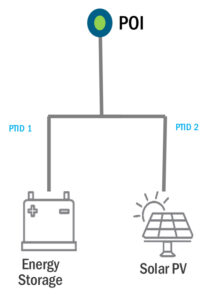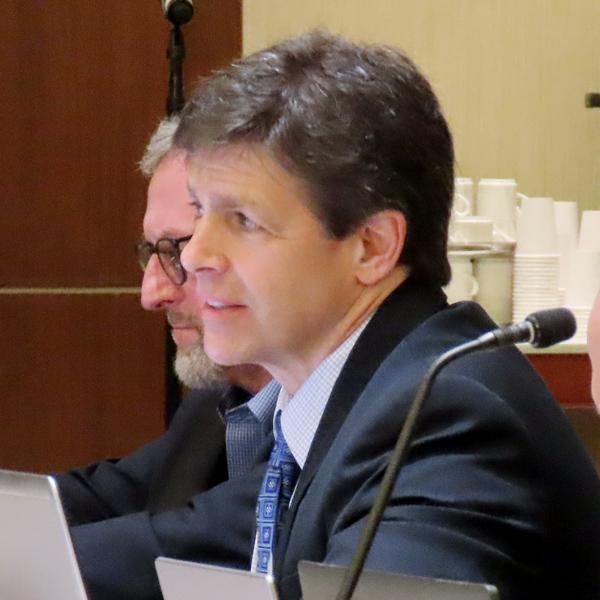SAN DIEGO — When the McMicken battery energy storage system (BESS) caught fire and exploded due to thermal runaway in April 2019, its operator, Arizona Public Service, opted for maximum transparency.
The utility published a full internal report on its website while collaborating with NERC on a Lesson Learned document that laid bare far more details of the event than are usually found in such reports. (See NERC Warns of Batteries’ Hidden Thermal Risk.)
For Anthony Natale, director of risk and response at consulting firm Fire & Risk Alliance, APS’ response has been exactly what a utility should do after an experience like this.
“I can tell you, in working with APS, they’ve made a 180 — they do a tremendous amount for the fire service, a ton of testing, and really have come back and lead with safety,” Natale said at a March 14 meeting of NERC’s Reliability and Security Technical Committee.
But Natale’s goal was not to praise APS, but to observe how much still needs to be learned about fire safety at BESS facilities. Thermal runaway is better understood after the McMicken incident, but the industry has a long way to go to fully mitigate the risks associated with grid-connected batteries.
One challenge associated with a new grid resource — particularly batteries, which can act as load and generation at different times — is a lack of established performance assessment techniques. While many manufacturers use a common set of tests for their products, Natale suggested those tests don’t always predict a unit’s performance.
As an example, he showed a picture of a BESS facility that underwent the UL 9540A test, which is meant to determine if a single-unit battery fire will spread. In this case, the damage was isolated to a single unit, but things did not work out so well in practice.
The unit that underwent the test “did exactly what it’s supposed to do: failed, and did not [pass the fire on to] the adjacent units. However, in real life, in Warwick, New York, it ran through the entire array,” Natale said, referring to an incident at two BESS facilities using the same type of equipment where nearly an entire module was destroyed by flames.
“So these are the things we want to avoid. … It’s great to do the minimum level of testing, but let’s look at selecting a manufacturer that goes above and beyond,” he said.
Battery Aesthetics
Natale emphasized that he is not calling on manufacturers to stop using industry-standard tests like UL 9540A, which still play a valuable role in providing utilities a baseline performance measurement. Rather than throwing out existing tools, BESS makers can look at what they can do to forward the state-of-the-art, he said.
He recalled a test that Tesla conducted on one of its BESS products in which the company deliberately allowed a unit to fail and burn for eight hours in high-wind conditions. That technique could address the lack of accounting for wind in testing approaches, he said.
Natale also encouraged utilities pursuing battery projects to reach out proactively to communities they operate in. Fire departments are obvious targets for communication, as they will have to sign off on the safety of any proposed BESS facility.
But entities must also be prepared to make the case to locals who are concerned about safety of battery systems after seeing incidents like the McMicken and Warwick fires. Natale mentioned one community in which citizens “had shirts made up [and] showed up with pitchforks [and] torches” to oppose the local utility’s plans to install a BESS facility nearby.
“It’s not going to work; you’ve really got to give it your [all] or you’re wasting your time,” he said.
Utilities must show they understand citizens’ concerns and are willing to address them. In some cases, he said, communities have been satisfied with simple gestures like disguising a facility as something prettier, like a house.
“If you really have to cite [a BESS facility] somewhere, then take the time to talk to these people and say, ‘Maybe we can make this aesthetically pleasing, and it will work,’” Natale said.



